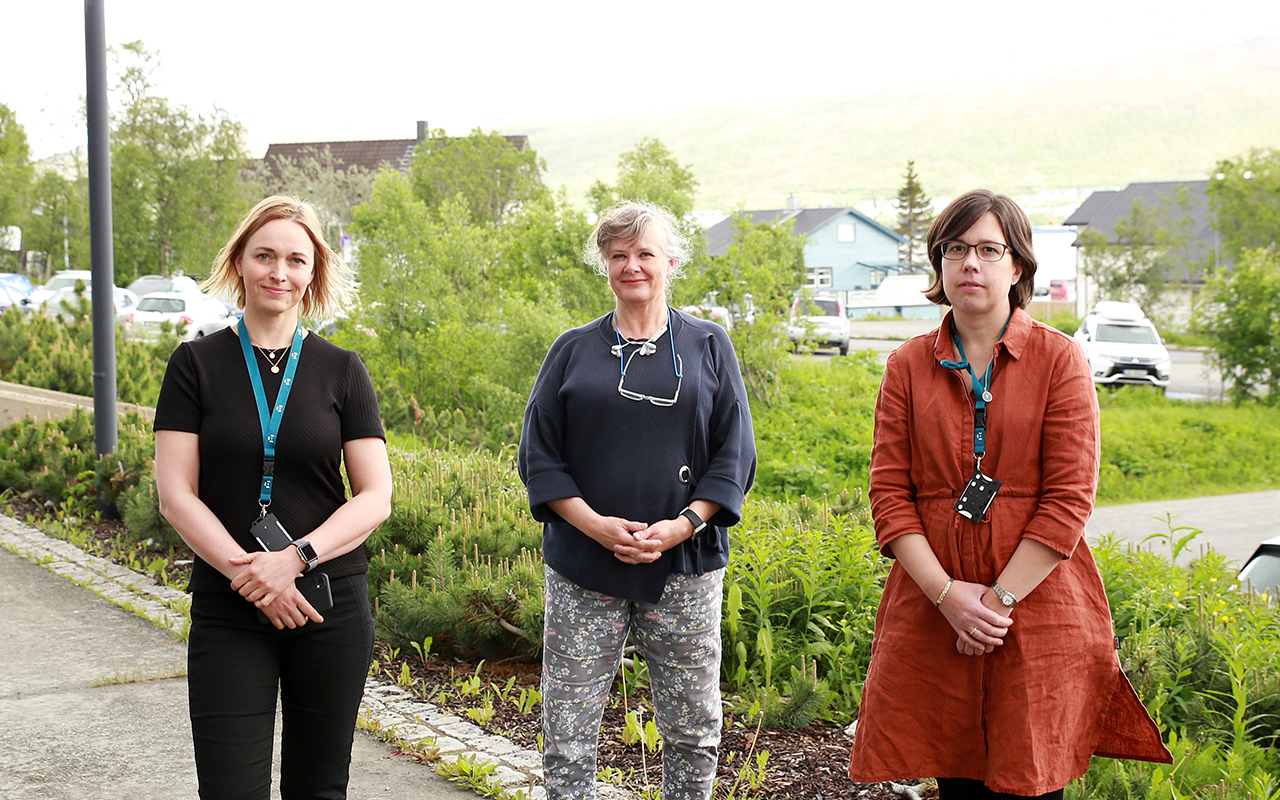Report on digital innovation and COVID-19 to the WHO
The Norwegian Centre for E-health Research has prepared a short report for the World Health Organization (WHO) on the use of digital tools in Norwegian primary health care during the Coronavirus pandemic.

The WHO has gathered, systematized and disseminated experiences and best practices from primary care services during the Coronavirus pandemic.
They are therefore in contact with countries to gather important information, which can help increase knowledge and improve preparedness in the frontline globally.
The request to write a short status report on the situation in Norway came from the WHO European Centre for Primary Health Care, Almaty, Kazakhstan.
“Based on our centre's years of cooperation with WHO, we were happy to be asked. The topic is highly relevant for the researchers. Many have investigated the use of digital tools in health services to deal with the Covid-19 situation,” says Lene Lundberg, coordinator for WHO cooperation at the Norwegian Centre for E-health Research.
She was responsible for gathering knowledge together with colleagues Karianne F. Lind and Gro Berntsen. In addition, advisers from WHO and the Norwegian Directorate of eHealth have contributed to the report.
The WHO European Region covers 53 countries and extends from the Atlantic to the Pacific. Knowledge about the use of digital solutions in frontline healthcare has been gathered in 15 countries.
“We have dived into research articles, knowledge environments, statistics, public reports and searched the media and the internet. It is important to emphasize that our summary must be seen as a snapshot and that it is not exhaustive,” says Lundberg.
The overview will be presented together with other countries' contributions at a virtual session at the WHO Regional Committee in Copenhagen in September.
Innovation on existing platforms
National plans and strategies for a digital transformation in the health sector have existed for years. But the Corona pandemic led health workers and citizens to use video meetings and other digital tools to interact and provide treatment.
“Something that many have pointed out is that the specialist health service receives much more money for innovation, research and development, than the municipal health service. But we have seen that the pandemic has triggered digital innovation in small and large municipalities, for example with distance monitoring, further development of a web portal for citizen services and better flow of information between health actors,” says Lundberg.
As the first line of care, primary health care is central in the work of preventing, detecting and treating infection and disease. The Norwegian Covid-19 Commission described how the municipalities were crucial in ensuring that the pandemic response was generally good.
“But, we are left with many questions about the future, which, among other things, the Norwegian Institute of Public Health has described in its scenarios. How many health workers and patients will continue to communicate on video or message when infection control measures are lifted, and they may choose to meet physically? Will they keep using tablets in nursing homes? Another important question is how society should prevent digital exclusion - that many are unable to book a doctor's appointment online, or open an important answer in a digital mailbox.”
Link:
- Project on use of e-health in the Norwegian primary health service during the Corona pandemic (2021):
https://ehealthresearch.no/en/projects/use-of-e-health-in-norwegian-primary-health-care-during-the-covid-19-pandemic - Report: https://ehealthresearch.no/rapporter/andre/use-of-ehealth-tools-in-primary-health-care-during-the-co...